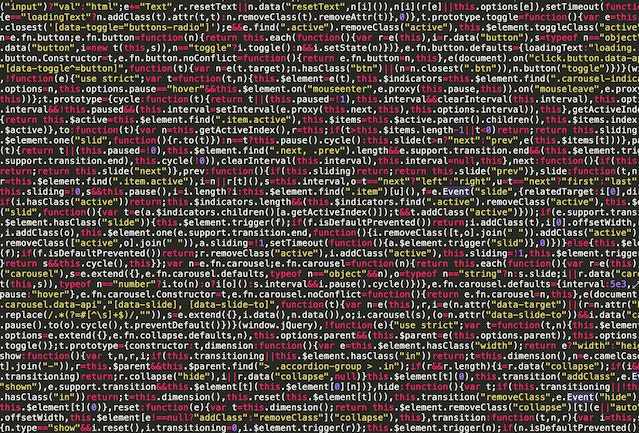
Today, the need for software devs is growing significantly due to the global labor market reformatting and automation. Typically, hiring requires candidates to have a deep knowledge of programming fundamentals. Still, the constant changes within the IT sector are accompanied by new languages and frameworks that are rapidly coming in handy. Therefore, constantly learning and improving the new releases is necessary to stay competitive.
As of fall 2021, Python took leadership in the TIOBE (The Importance Of Being Earnest). The second and third positions belonged to C and Java. Nevertheless, it wasn’t always like that, so the tendency changed to Java, etc. As soon as any new product appears on the technology market, it has every chance to take the lead. This is visible in the PYPL – here, Python, Java, and JavaScript were in the top 3. C took only fifth place.
Despite the fact that there are about 700 languages, only about ten of them are utilized in the IT sector. Well, let’s get to the bottom of knowing which ones are so popular.
Python
It is a universal option, rightfully considered the leader in the competitive world of technology since 1991. So, you can perform goals of any complexity – from simple programming to complex web applications using AI. Most tech stack components are compatible with it. Python also shows good processing performance, which makes it indispensable when making AI/ML-based apps and platforms. In terms of job postings, its capabilities are the mainstream among programmers. For example, giants like Indeed or Netflix were created using Python, so the staff they are looking for must know it.
Java
Although Google Inc. stated in 2019 that Kotlin is preferred to work with Android, Java is still applied for app design on mobile devices 85% of the time. It’s also intended for DevOps, VR / AR / BI / chatbots, and big data. Statista declared that Java developers number globally will reach 28.7 million by 2024. This indicates that it remains fundamental – 97% of brands use it, including LinkedIn, eBay, etc. The main problems in use arise from the lack of speed, too challenging code syntax, and big memory usage problems.
Either way, Java software development remains one of the most demanded services among companies that order custom software.
JavaScript
JS is the #1 for the front end, but lately, it has been commonly used for full-stack. It is applied to 95% of websites, which is more than 1.8 million. Its capability to make dynamic web pages has become fundamental for animated images, interactive content, and other more sophisticated functionality. JavaScript is supported by the most widespread web browsers and is widely used in the variety of industries.
C
C also came to us from the 90s. Its unique syntax became fundamental for many alternatives such as C++, C#, Java, and Objective-C were invented. It is required for microcontrollers, chips, or firmware. The active operation of C is because it is cross-platform. But it lacks exception handling and the destructor or constructor concept.
C#
It is a variation of the C, designed to create basic programs for OS (including video games, websites, and AI systems.) C# streamlines the process of developing and can be integrated with general codebases. The paid license is quite frustrating. However, there is also the rather common issue of low processing speed.
PHP
This server-side programming language is for dynamic and interactive platforms. It has an easy syntax and supports different OS – that is why it is often used by newcomers at the beginning of their IT careers. Versatile PHP runs 78.9% of all resources – its major rivals are Ruby and Groovy (it is also cross-platform and provides different test automation tools.) But its disadvantages are insufficient security and poor error management.
R
The R was designed for statistical data processing and ML. It integrates well with C++, Java, SQL and is also cross-platform. Many financial and technological brands code in R. Its weakness is the lack of protection. It is also characterized by low performance.
Swift
Apple invented the Swift most likely to expand their corporate influence. In most cases, it is used in iOS product design – it is pretty fast and better protected than the previous language we described above. It has a 57.65% market share in the U.S. It is well readable, scalable, and has AMM. It is not as common as the previous ones because of poor integration and instability.
Golang
This is Google’s creation widely used by many brands, including the BBC, Adobe, and Intel. It designs microservices and web applications and achieves systems programming goals. Nevertheless, it has no generics and is characterized by sophisticated dependency management.
Ruby
This language takes a special place in the technology world. It has a helpful set of tools and is easily maintained. Those developers who use it often complain about its slowness as well as high memory usage.
Conclusions
Python and Java are so popular in 2022. They are the ones mentioned in most job ads and have a consistent upward trend. But there are other alternatives we have discussed in this article – they may very likely take a more significant market share in the future.